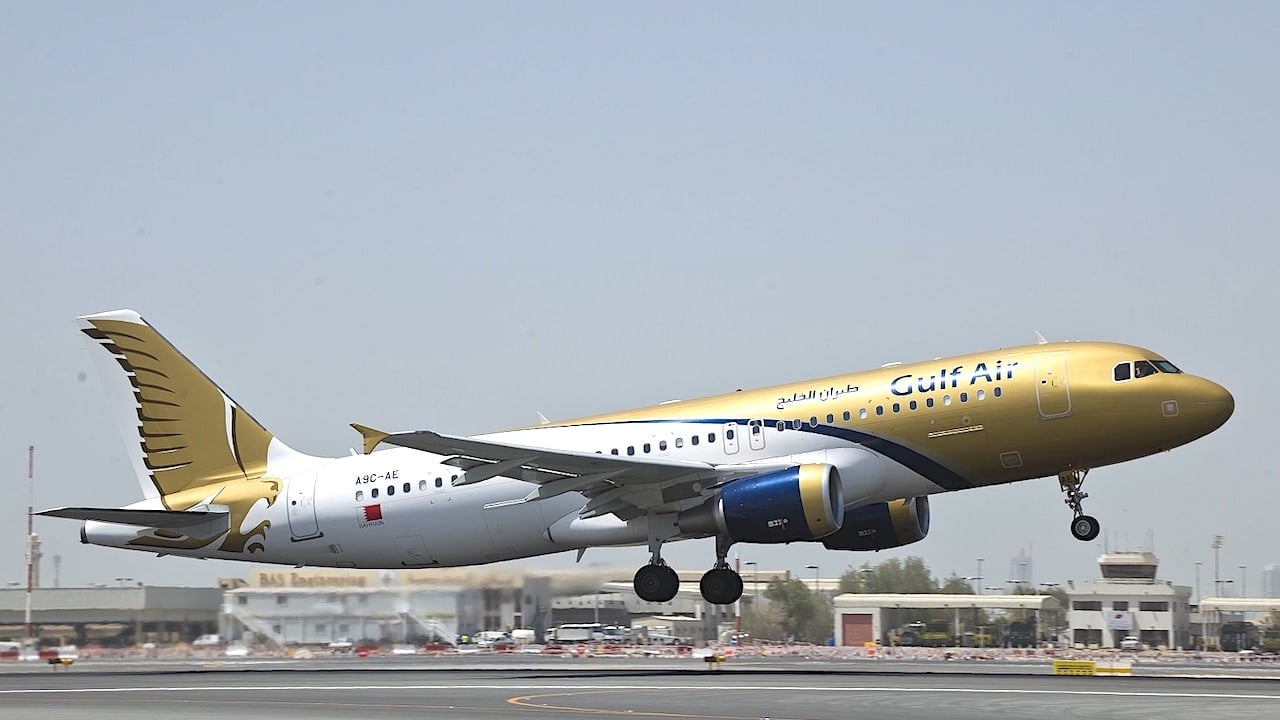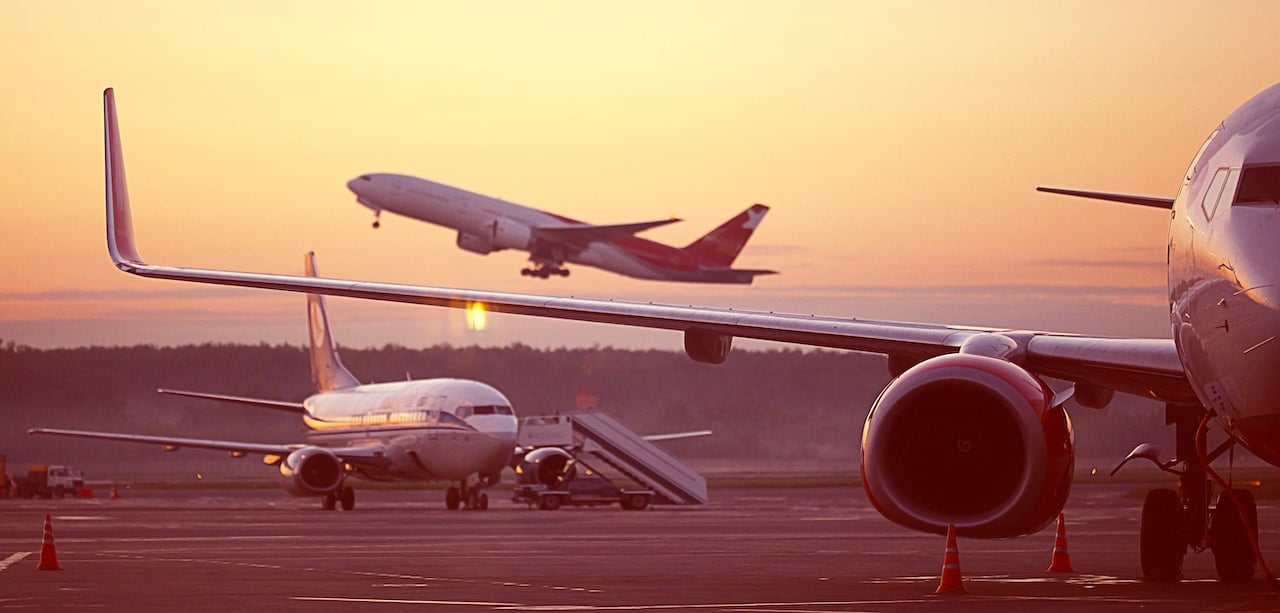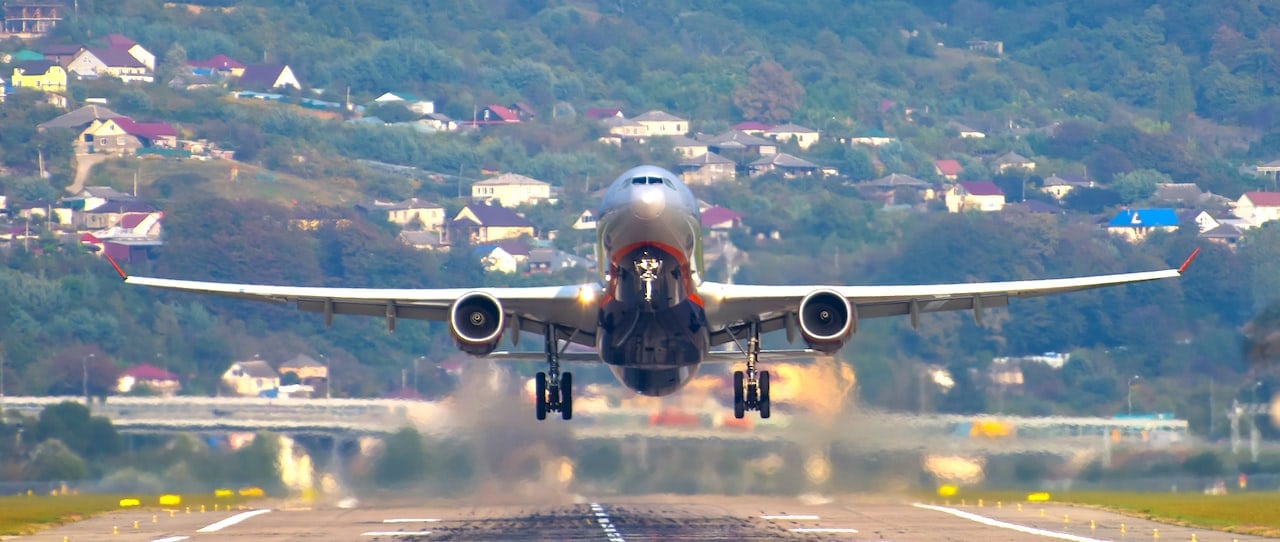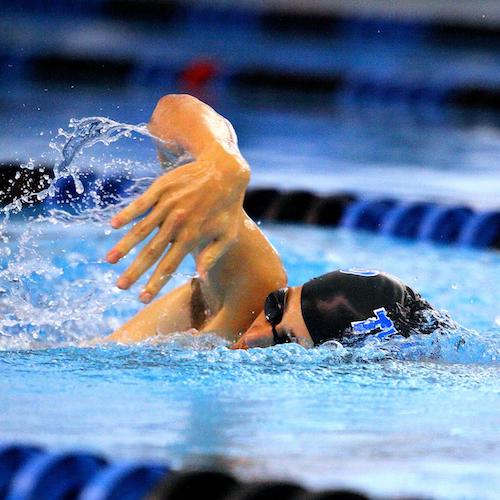The reason aeroplanes can fly are the forces acting upon them when in air. There are four of these: two horizontal ones (the thrust force and its opposite, the applied one) and two vertical ones.
In the vertical forces, the following come into play: the weight of the aircraft pulling downwards and opposite, the force of sustentation which picks it up.
Here we pay special attention to the shape of aeroplane’s wings. The top part is more curved than the lower one, which is straighter.
This results in air circulation on the top of the wing having a larger area and makes air travel quicker than at the lower part.
The main consequence of this speed change in air circulating above is that a pressure difference is created.
With the definition of Bernoulli’s principle, we have seen in this article that the sum of pressures must remain constant and what occurs in this case is that the lower pressure of the top part of the wing exerts a force beneath it upon which it is thrust upwards.
There is also another time in which this principle intervenes facilitating flight.
When an aircraft rises and wings point upwards, the current of the wind finds an obstacle, the wings themselves, which make the aeroplane brake, increasing pressure.
Bernoulli’s principle produces contrary force which pushes the aeroplane upwards. This is the reason why it is much better for aeroplanes to take off facing the wind.









